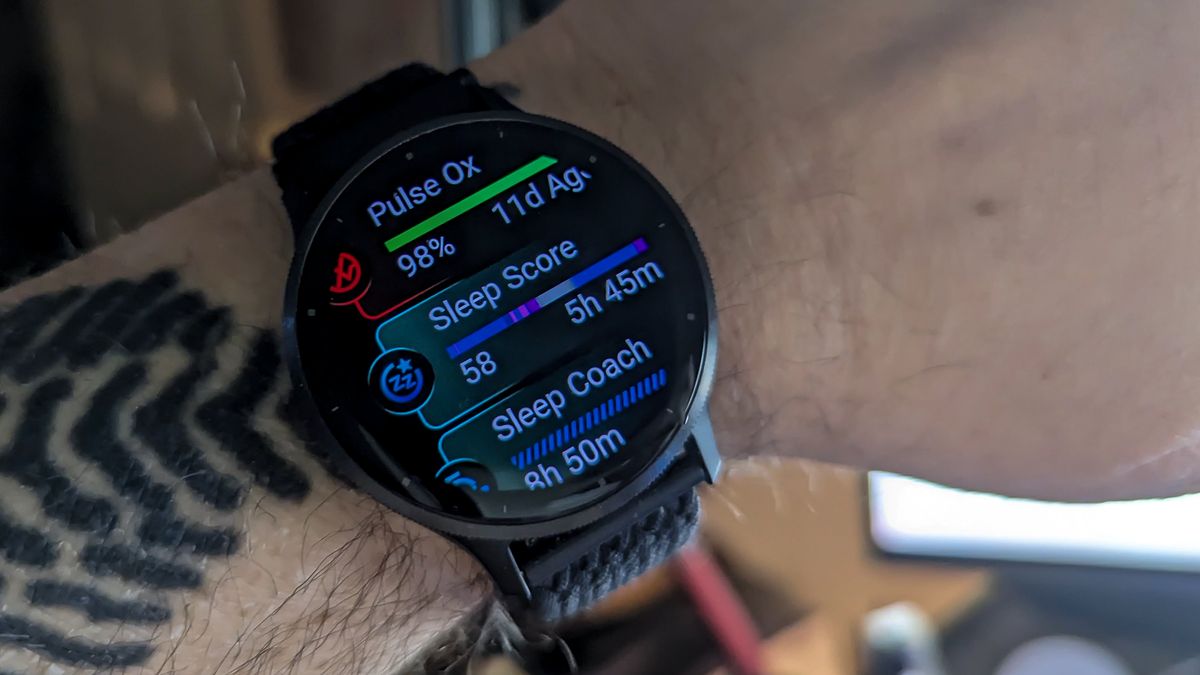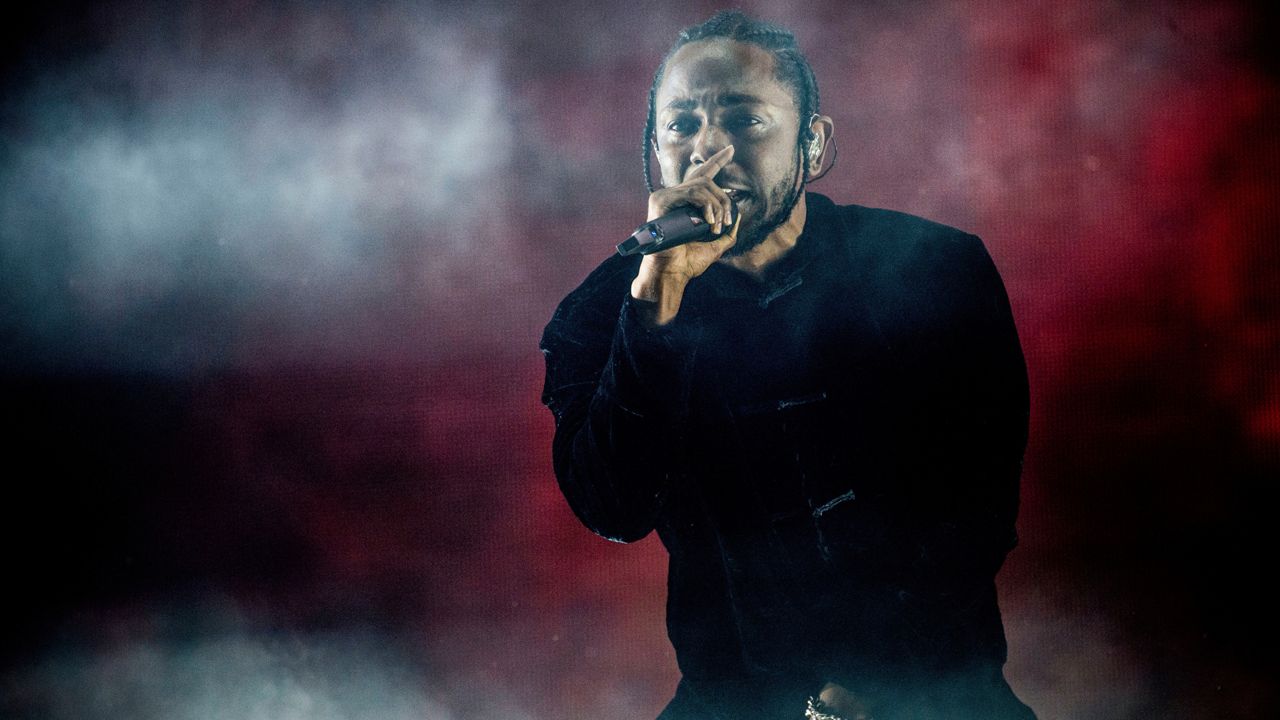Shopping
TikTok has become a pseudo-shopping channel, and Gen Z has had enough
- Many think TikTok has transformed into a pseudo-shopping channel.
- The criticism reflects a growing resentment about ads for products influencers don’t believe in.
- Some creators are turning away from TikTok and to platforms that serve loyal followers.
In a recent TikTok, a content creator expressed some frustrations with her fellow influencers.
Manrika Khaira said TikTok used to be a fun place to be, with trends, dynamic discussions with other creators, and hilarious jokes.
But it’s morphed into a pseudo-shopping channel, she said.
“I’m seeing some of my favorite creators promoting products that they know don’t work or they know don’t do what you are saying they do,” she said.
Khaira’s criticism mirrors the feelings of many Gen Zers who are growing tired of seeing relentless ads on their social media feeds.
Another creator named CeeVan said she believes a lot of aspiring influencers aren’t putting in the effort that’s required.
“A lot of these people never took the time to build a community to make that community fall in love with you and trust you no matter what,” she said.
Instead, she added, they want to be influencers “for the brand deals” to get “nice free stuff.”
“And we see through it now,” she said.
@ceevannn #stitch with @Renèe | Influencer Marketing these days, Katy Hearn’s products and branding dont move me to purchase. She is a shell of a human behind her husbands wacky joe rogan rants. Not every consumer cares, obviously, because theyre shallow enough to still be following and buying. TikTok influencers stand above IG because of authenticity. When a TT influencer is inauthentic we sus it out. As a larger community, we are also putting our money where our mouths are. And thats rarely with influencers that built their brand on consumerism or falsely built a community on values they are not demonstrating in their new, branded life. #alaninu #katyhearn #qvc @Drew Afualo @Madeline Pendleton @hellotefi
With the cost of living skyrocketing, a looming credit card debt crisis, and people having to spend so much of their income on bills, the resentment may reflect a culture of money anxiety.
But people are still willing to spend overall. Retail sales increased 0.7% in March compared to the previous year despite prices rising faster than the Federal Reserve’s inflation target of 2%.
A disillusionment with what influencers are selling may have more to do with their relatability tanking when it used to be something that set them apart.
Deinfluencing and influencer fatigue
Ashley Rector, the founder of creative marketing agency Quimby Digital, told Business Insider this is why the trend of deinfluencing became so popular last year — influencers who were encouraging their followers not to purchase things.
As social media marketing evolved, so did the opportunity for influencers to work with more brands.
“They accepted deals with brands that weren’t aligned, they put up campaigns that were not thought out, and consumers could tell that it wasn’t aligned,” Rector said.
“When someone feels like you are selling them for the sake of selling, they inherently lose trust.”
Samantha Zink, the founder and CEO of the talent management agency Zink Talent, told BI the influencer industry has changed massively since it began in the early noughties.
Back then, it was “more about passion than profit,” she said, while now content creation is a fully-fledged career with commissions and subscriptions.
“This shift has made influencer engagements seem less special because what was once a hobby or a passion project is now a necessity to earn a living,” she said. “Influencers, some of whom are supporting families, must engage in brand collaborations to sustain themselves.”
This evolution may mean some don’t view influencers as relatable as they once did.
Research from Meltwater, an online media monitoring company, referred to this perceived lack of authenticity as “influencer fatigue” in 2023.
They found social media users wanted “real, unstaged content to engage with”
Influencers may be losing their command over Gen Z in particular, Yahoo News reported. Data shared with the outlet from a YPulse study found that 45% of 13 to 22-year-old respondents felt influencers don’t have the sway they used to.
The influencing days aren’t over
This doesn’t mean influencing is over.
It’s more about the way it’s done is evolving, and only creators who understand this will be successful.
A report from Influencer Marketing Hub this year found there was a strong preference from brands to work with small nano- and micro-influencers due to their higher engagement rate and the trust built with their communities.
Sophie Wood, the director of strategy at influencer marketing agency Fohr, told BI the influencer bubble hasn’t burst, it’s just changing. Deinfluencing in itself is influencing, she said, just in a different direction.
A decade ago, bloggers were the new, shiny type of celebrity that everyone wanted a piece of. Then the influencer boom happened, YouTube took off, TikTok was created, and now millions of people can be given that label.
Smart creators are looking for ways to keep their communities thriving, such as joining platforms such as Substack to give a section of their loyal fans a more intimate look into their lives.
“Those are people who actually have something different to say,” Wood said.
Hannah Witton, a YouTuber who has been making content for over a decade, for example, moved away from YouTube last year to Patreon, and many of her subscribers followed.
She told BI influencers, like everyone, will change over time. It’s hard to be “relatable” to everyone, but the way to keep followers happy is for influencers to continue sharing things authentically, even as their interests change.
“I think the key is to be honest about changes and take your audience along for the ride,” Witton said. “Naturally, some people will fall off, but many will stay, and new people will always come.”
In these more niche communities, fans are more than happy to see the influencers they love making money and recommending products, Wood said. It’s not that ads are bad, she said, you just need to be able to do it well.
“They’re proud of their influencer,” she said. “They’re like, get your bag. I love this ad. You make the best ads. That is the golden standard.”
Viewers don’t want to be lied to
Transparency is really important, as some influencers have come under fire recently for not being honest and open about ads — not disclosing that they were paid to promote certain products or trying to hide the disclosure hashtags behind the video’s caption.
“Audiences are very smart and I think they don’t want to feel duped,” Wood said. “They’re going to be like, this influencer thinks I’m dumb to believe this ad when I know that this is not something she would create.”
Jessica Dante, an influencer and the founder of Love and London, agreed that trust dwindles when viewers see something they perceive as a “money grab.”
She also believes people focus on “relatability” a little too much, but that people look for honesty and integrity in whatever they watch.
“Because TikTok has enabled people to go viral for something that maybe isn’t authentic or true, this is especially the case,” she said. “It’s why influencers are often called out when they aren’t being truthful or haven’t told the whole story.”
TikTok did not immediately respond to a request by BI for comment.









